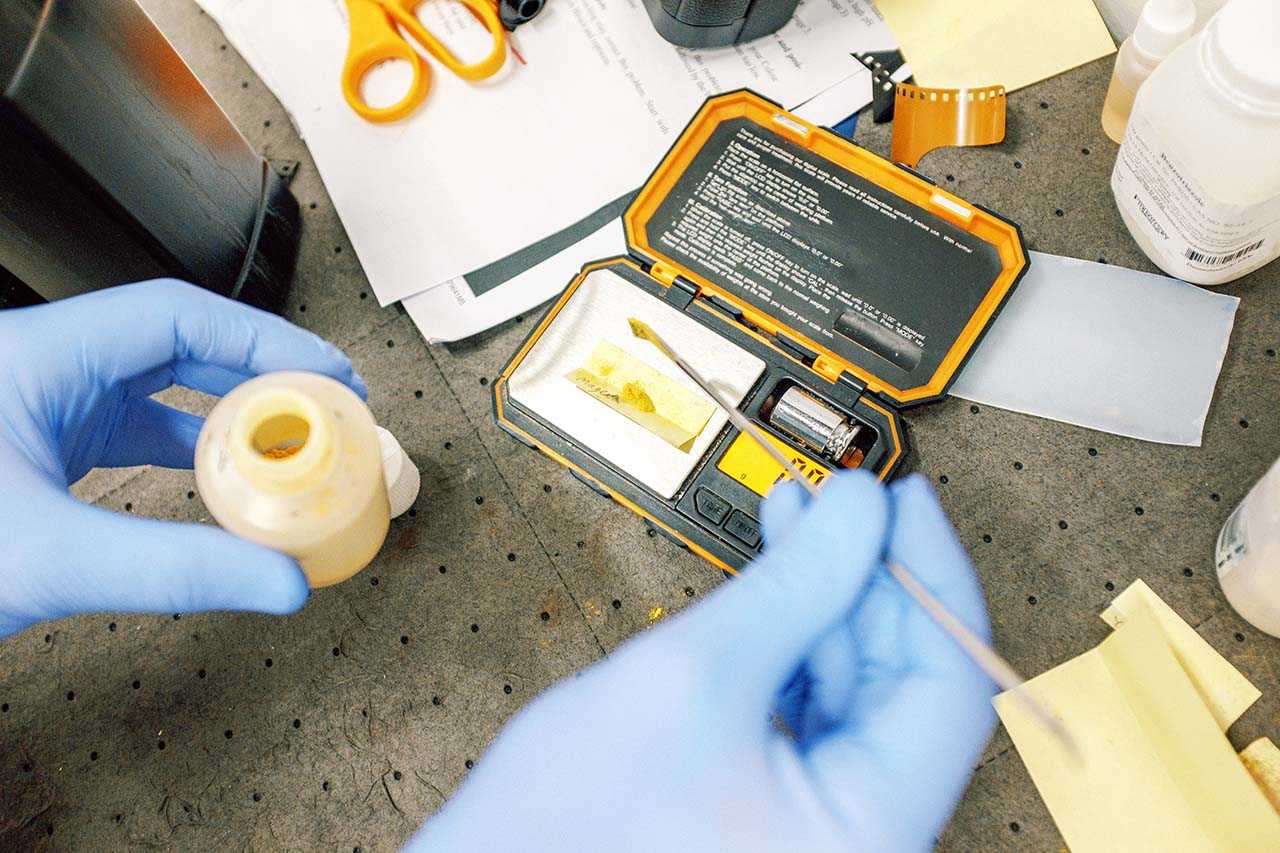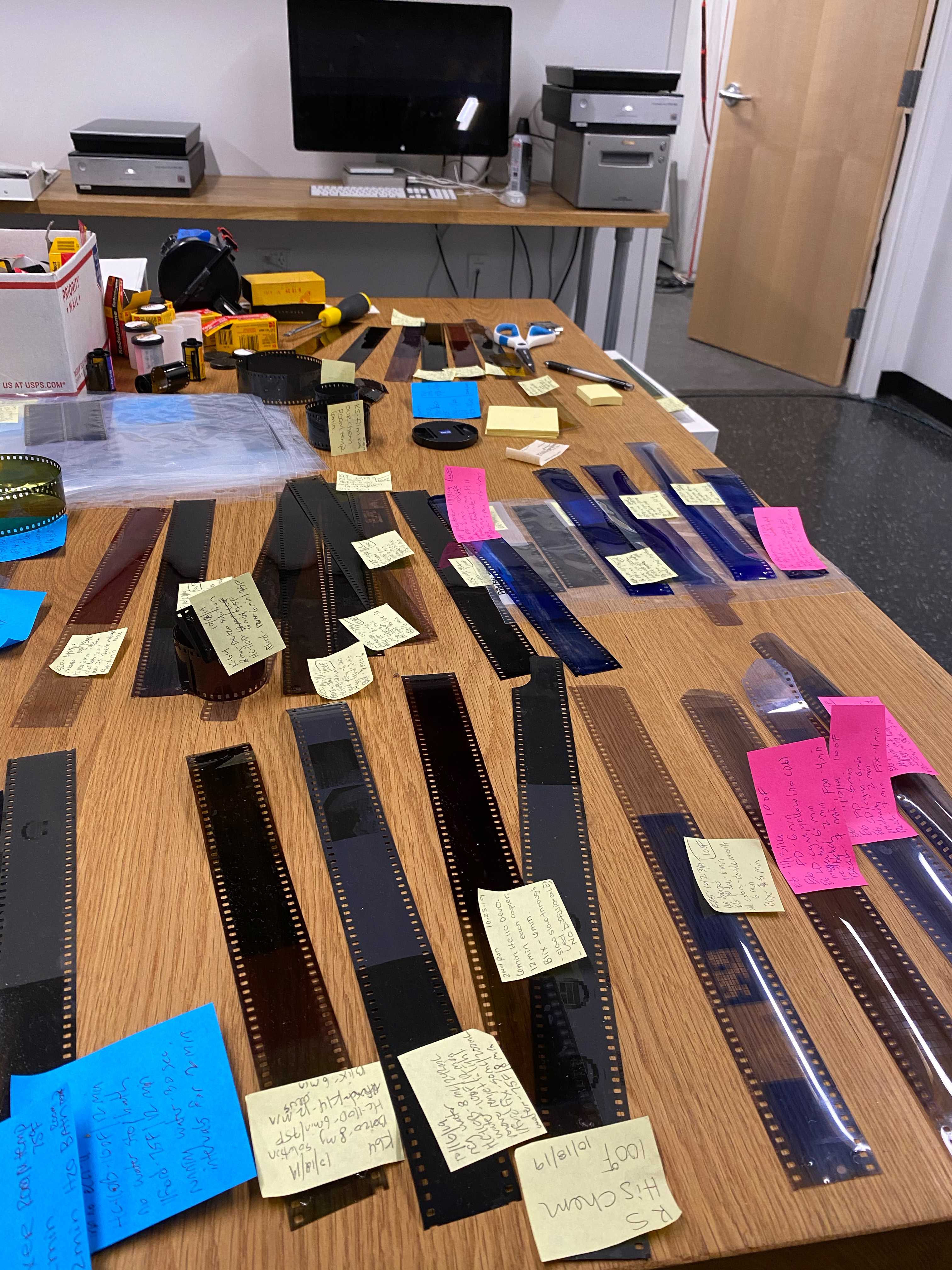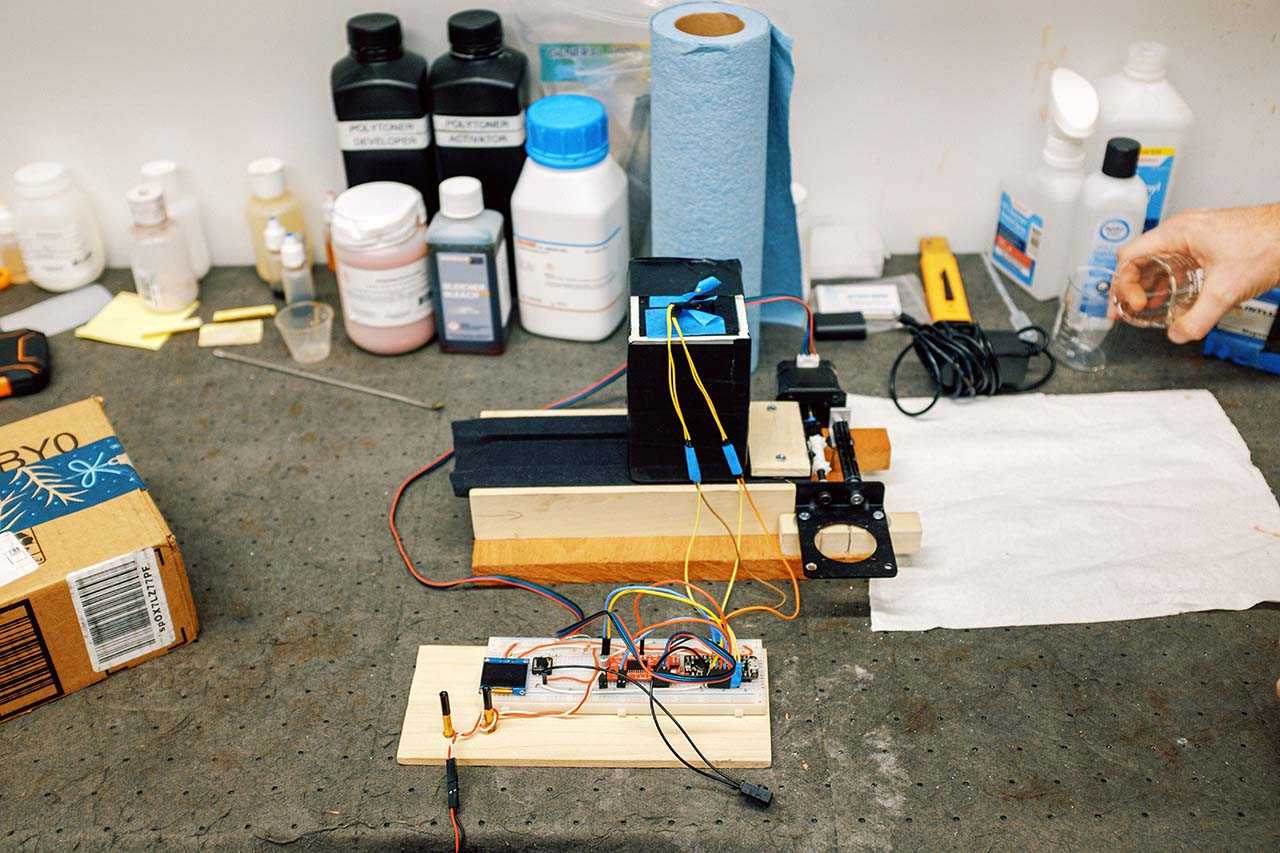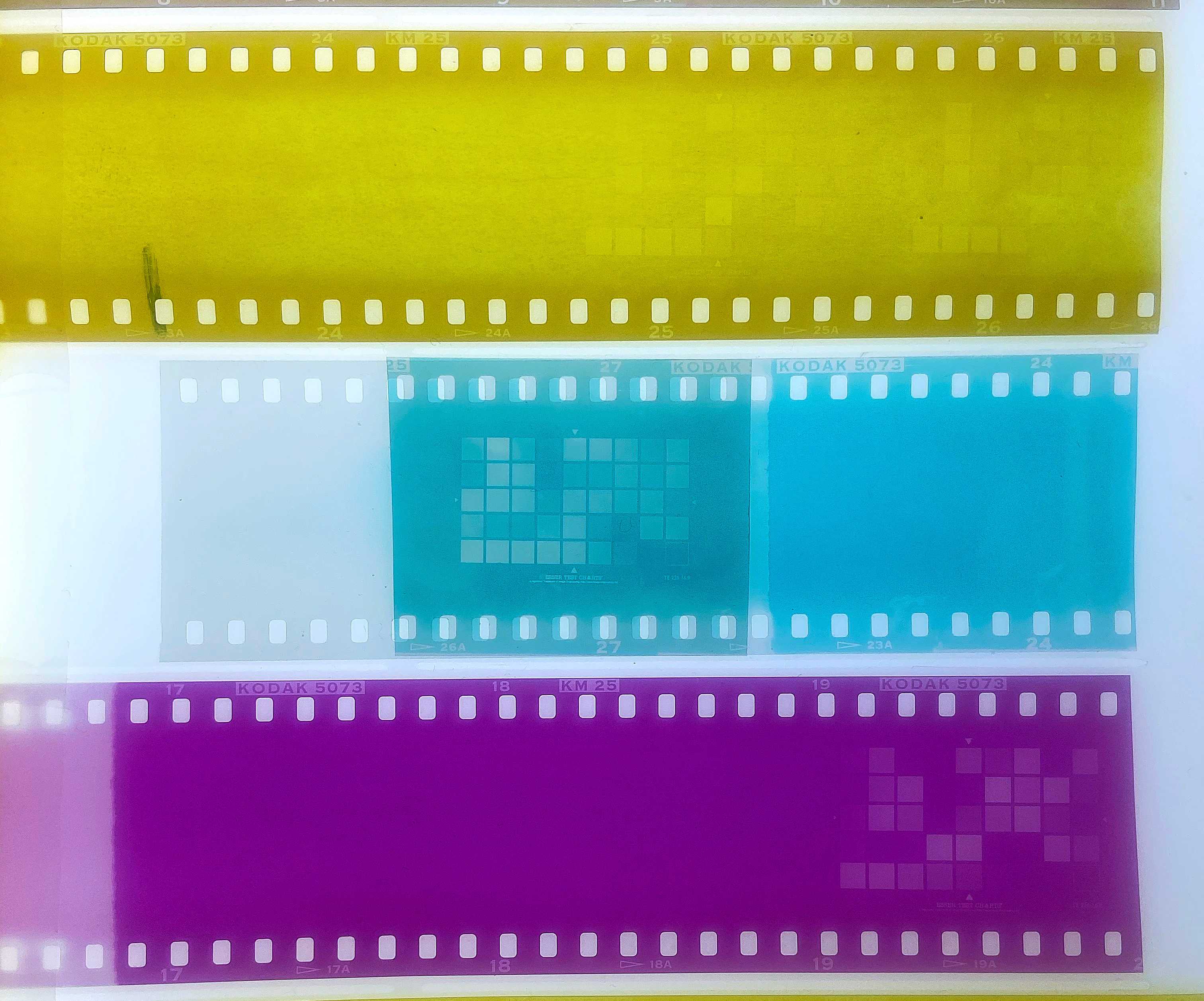https://eng.vsco.co/reviving-kodachrome/
Reviving Kodachrome
 Image by Kyle Hale, edited with KC25
Image by Kyle Hale, edited with KC25
Introduction
Since the early days of VSCO, we have loved the look of Kodachrome and have wanted to recreate its inspiring look and feel in digital form. However, the last roll of Kodachrome was processed one year before VSCO started as a company, so it was never possible to shoot and process the film to create an accurate preset (aka filter). We had made some eyeballed attempts based on historical film scans, but releasing a film preset that wasn’t built from real film didn’t meet our quality standards. Thus, the desire to find a way to create a digital version of Kodachrome from developed Kodachrome film remained dormant in our minds.
History
Kodachrome was the first consumer color film, and it has a rich history that spanned over the course of the 74 years it was in production. From capturing family road trips in the 50’s, to capturing some of the most iconic global imagery, as seen in the Afghan Girl portrait by Steve McCurry, it’s a film that has stood the test of time. Not only was it the first affordable and readily available consumer color film, it was also the predecessor to all modern day color films, and color photography as we know it. The common practice of recording life moments like birthdays, vacations and graduations with one’s own camera really took off with Kodachrome, leading CNN to call it “The Instagram of its time.” As recently as 2017, Netflix even released a movie called Kodachrome whose plot is based on the discontinuation of Kodachrome.
Not only is Kodachrome film incredibly important from a historical perspective, but also from the perspective of the richness and vibrancy of the colors it produced. From the muted greens and blues to the bold reds and yellows, this film was known for its eye-catching appeal. Mind you, all of this was done chemically, which displays the ingenuity of the chemical and process engineers who developed Kodachrome. We knew that to preserve the legacy and beauty of the film, we had to recreate the look and feel of the film in the digital space so new generations could enjoy the film effects of Kodachrome for years to come.
Research
In the fall of 2017, with our Film X modeling process in place, VSCO’s Imaging team decided it was time to pick up the pursuit of a digital preset inspired by Kodachrome again. The only problem was, Kodachrome film stock had been discontinued in 2009, and K-14, the unique Kodachrome development process handled with proprietary machinery, had been discontinued in 2010. This meant that one could no longer buy the film off the shelves, and there was nowhere to process the film in color. The only options were to purchase expired packs of Kodachrome film on eBay or through online forums, keep it in the freezer for preservation and try to find a way to develop it ourselves.

VSCO’s film fridge. Image by Zach Hodges
Unlike other film developing processes, Kodachrome was both complex and unique in that it was an additive, color reversal development process as opposed to other simpler film development processes such as C-41 and E6. The process to develop Kodachrome, known as K-14, involved approximately 14 steps to develop the film. This process was comparable to how an inkjet printer applies cyan, yellow, and magenta dyes to a piece of paper to form a final color image. It should be noted that Kodachrome was a B&W film stock, and the color that was added throughout the development process, unlike other color film stocks which have the color dyes already included in the film emulsion. Thus, due to both the complexity and costs of developing Kodachrome as digital photography rose to power, many labs discontinued Kodachrome processing which inevitably led to the end of its production. Other positive slide films such as Fuji Velvia and Kodak Ektachrome (Ektachrome was intended as a replacement for Kodachrome) used the simpler E6 color reversal process. Nevertheless, the new films couldn’t replicate the colors and depth of Kodachrome and many were unsatisfied with the new alternatives.
Our Imaging team had begun some preliminary research by poring over blogs, news articles, and forums to find who could develop Kodachrome and where it could be developed. It felt as though almost every stone had been overturned and every door closed as all the replies from film labs and film professionals was Don’t bother trying, Kodachrome is dead. Rather than discouraging us, our interest in solving this intriguing problem only grew.
Processing Kodachrome
In the end, it took custom-synthesized chemicals, custom-built hardware, and two years to create our own Kodachrome development process that satisfied our high standards for VSCO presets.

Measuring custom chemicals to make cyan, yellow, and magenta developers. Image by Zach Hodges
We kept copious logs of our experiments as we slowly improved the process further and further. Progress was slow and tedious, as each run of a small strip of film took hours to process by hand in the dark. Because of the myriad of variables, we were only able to run about 10 tests a week.

Kodachrome developed test strips. Image by Kyle Hale
As we began the long and winding journey of creating our own development process for Kodachrome, we needed to have a few more controls in place to ensure we were consistent with experimentation. Our color scientist offered his scientific leadership in guiding the team to control the experiments and record and measure results as much as possible. This also led us to work with an in-house hardware/software engineer to automate some of the process for consistency in control variables and better reproducibility in experiments.

Our initial results for Kodachrome processing fell flat. We were not achieving good density in the film, which meant the image itself was not very visible and the contrast was extremely low. However, we kept iterating in our experiments and slowly began to see improvements

Single dye layer tests. Image by Lucciana Caselli

Kodachrome after the cyan and yellow layers have been added. Image by Kyle Hale
The Challenging Last Mile

After months and months of iterations in our experiments and roll after roll of Kodachrome developing, we finally achieved results for Kodachrome that we were proud of. We achieved acceptable film density (Dmin and Dmax), acceptable overall color balance, and consistent results on the same batch of film.

Verification chart shot on Kodachrome. Image by Kyle Hale
Since we were now able to successfully process Kodachrome, we then decided to measure and process the film in our existing Film X process for slide films to create a Film X preset. However, once we were able to create a successful digital model of Kodachrome and apply it to real images, it was clear we were still not done. While all the colors were present in the digital model, there were some adjustments needed to be made to ensure the color accuracy was similar to Kodachrome slides that were developed using the K-14 process. Thankfully, we are also well-versed in digital color editing, and we were able to make modifications to fix contrast and color channel balance.
Introducing KC25
After 10 years since the last roll of Kodachrome was processed, we are delighted to release KC25, our homage to the inspiring legacy of Kodachrome. We hope you enjoyed following this story as much as we loved being a part of it. We also hope that you enjoy using the KC25 preset in the VSCO app, which is included with VSCO membership and can be tried for free for 7 days.





No comments:
Post a Comment